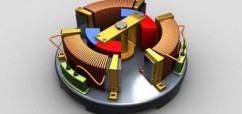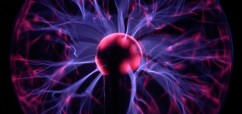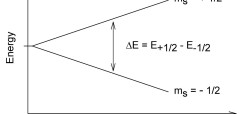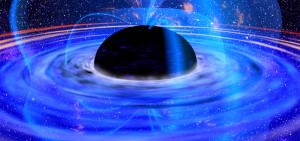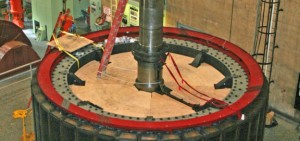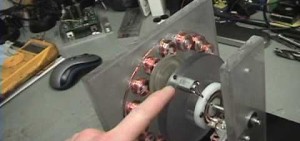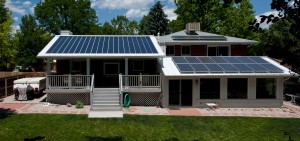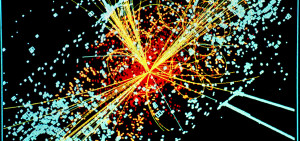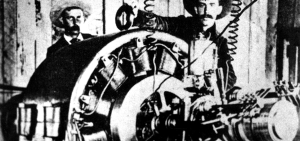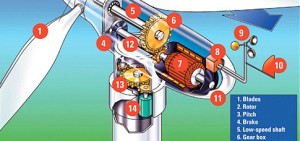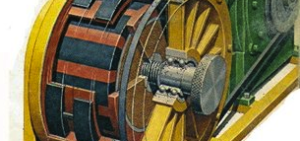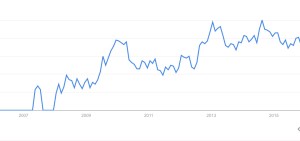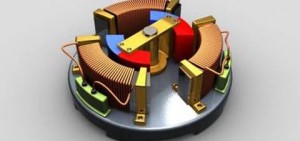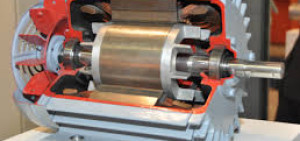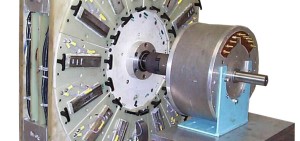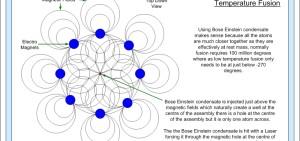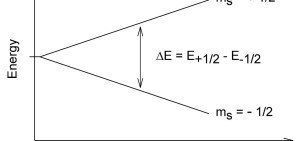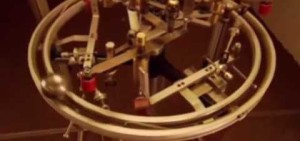The controversy surrounding magnetic motor generators centers around the idea of using magnets to generate electricity without the need for fossil fuels or other traditional power sources.

Proponents of this technology claim that it is a highly efficient and potentially limitless energy source that could revolutionize how we produce and consume electricity.
However, many scientists and experts in the field of physics and engineering are skeptical of these claims, arguing that the laws of thermodynamics make it impossible for a perpetual motion machine (such as a magnetic motor generator) to exist.
According to these laws, it is impossible to create energy from nothing, and any device that claims to do so must be violating these laws and, therefore, cannot be operating as claimed.
As a result, the idea of a magnetic motor generator has been met with significant skepticism and criticism from the scientific community.
Many have pointed out that there is no empirical evidence to support the claims made by proponents of this technology and that the laws of physics do not support the claims made about its capabilities.
Despite this skepticism, some individuals and companies continue to pursue the development of magnetic motor generators and claim to have made significant progress in this area.
The controversy surrounding this technology remains ongoing, with some believing it represents a major breakthrough in energy production. In contrast, others are convinced that it is simply a baseless idea that is not supported by scientific evidence.
On the one hand, it could offer a solution to the pollution from materials such as oil and coal. But on the other hand, some claim that the concept violates the law of conservation of energy, which states that energy cannot be created or destroyed. This implies that such a perpetual motion machine cannot exist.
Magnets Influence Motion
The magnets’ ability to influence motion at a distance without any apparent energy source has long appealed to inventors.
John Wilkins proposed one of the earliest examples of a magnetic motor generator system using magnets in 1670, and it has been widely copied since.
The basic idea is that you can harness the intrinsic properties of any magnet (magnetism) into continuous motion that never ends. In most applications so far, this has been rotary motion.
With the free energy magnetic motor generator, there is no input of electrical power or motion required to keep the motor running.
Everybody knows that magnets can make metal objects move by holding them close. The metal object can be repelled or attracted; some techniques are said to be implemented for the motion not to be stops because a magnetic equilibrium is reached.
Magnet Power to Electric Power
A perpetual motor can be used in any application where motors are already used, such as transportation and other industries. The most important application will be to convert this motion into electrical power.
The implications of suddenly having access to as many power sources as we need and for free are very far-reaching. To the extent that many people believe that research into free energy magnetic motor generators is being suppressed on a wide scale.
Commercial Magnet Motor
Although there is currently no mass-market product out on the market, it is believed that we are only a few years away from seeing one. All over the world, billions of dollars are being spent on research and development in the field of magnetic perpetual motion generators.
